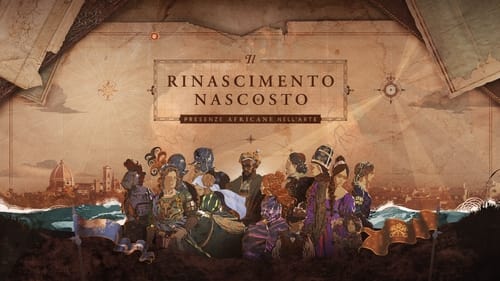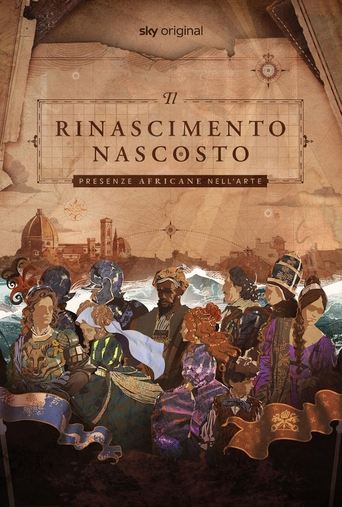The Black Italian Renaissance
In the halls of the Uffizi Gallery, the great Venetian Palaces, or among the naves of the most important churches in Rome, Renaissance artworks conceal countless faces, hidden in plain sight: those of African and afro-descendant characters. Who were they? Where did they come from? Why were they portrayed, and why did they remain unobserved until these days? In the halls of the Uffizi Gallery, the great Venetian Palaces, or among the naves of the most important churches in Rome, Renaissance artworks conceal countless faces, hidden in plain sight: those of African and afro-descendant characters. Who were they? Where did they come from? Why were they portrayed, and why did they remain unobserved until these days? In the halls of the Uffizi Gallery, the great Venetian Palaces, or among the naves of the most important churches in Rome, Renaissance artworks conceal countless faces, hidden in plain sight: those of African and afro-descendant characters. Who were they? Where did they come from? Why were they portrayed, and why did they remain unobserved until these days? In the halls of the Uffizi Gallery, the great Venetian Palaces, or among the naves of the most important churches in Rome, Renaissance artworks conceal countless faces, hidden in plain sight: those of African and afro-descendant characters. Who were they? Where did they come from? Why were they portrayed, and why did they remain unobserved until these days?



 AD
AD